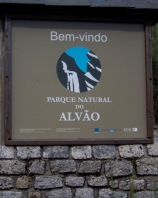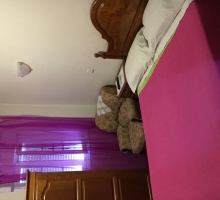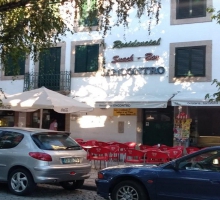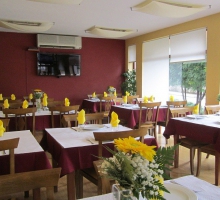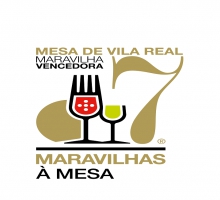As the name suggests, this Protected Area is in the Alvão mountain range, or rather, lies in the Marão and Alvão ranges, and part of it is in the grey area between the two ranges. It is mainly in the western zone, which acts as a “condensation barrier” for the masses of moist air coming in from the Atlantic Ocean. It is therefore a transition zone between the wet coast and the interior, increasingly dry, a transition that is also affected by the altitude. The area of the Alvão Natural Park corresponds to the head of the Olo River basin, a tributary of the River Tâmega, and a small section (Arnal) facing east, belonging to the Corgo basin. There are three landscapes in succession: mountain with adjacent plateau, predominantly granite; a mainly quartz transition zone between the mountain and the valley; nestling valleys, of lower altitude, with steep slopes. From a climate point of view, there is a variation according to altitude, which goes from a transition climate between the “hot land” and the “cold land” to a climate typical of the cold land and the mountain. While the Western part has an Atlantic nature, the Eastern part is sub-Atlantic, so the interior starts to influence the climate, making it progressively drier.
Vegetation and flora
Alvão Natural Park falls very close to the transition zone between two phyto-climatic regions of Europe: the Euro-Siberian and the Mediterranean, and is therefore influenced by the humid coast and the increasingly dry continental interior. This effect, together with the altitudinal component of the highest parts, is responsible for a sub-alpine climate. And in turn, this combination is responsible for the variety and differentiation of the vegetation cover. To date, about 486 species of plants have been catalogued and referenced, 25 of them being endemic to Iberia, 6 Lusitanian and 23 have conservation status.
Fauna
The intervention of Man in the Alvão Natural Park has led to a determination to maintain the balance between the different kinds of wildlife. This attitude has contributed to the biological diversity, with new ecological biotope units being created, farmland, marshland, hedgerows, etc. that are associated with biotopes.
Location: Vila Real
